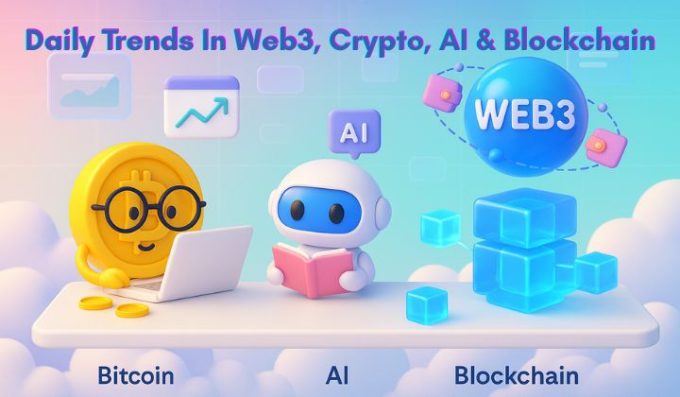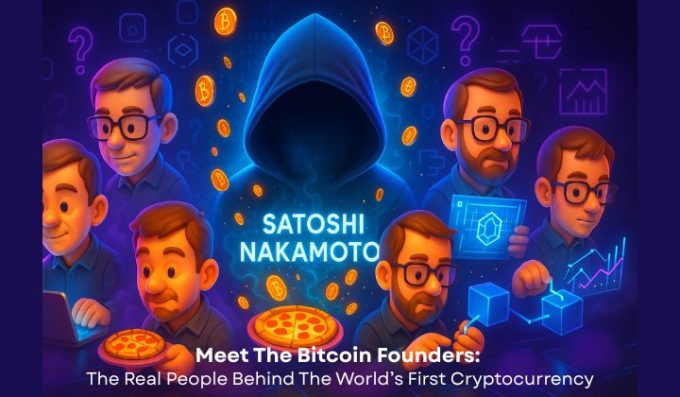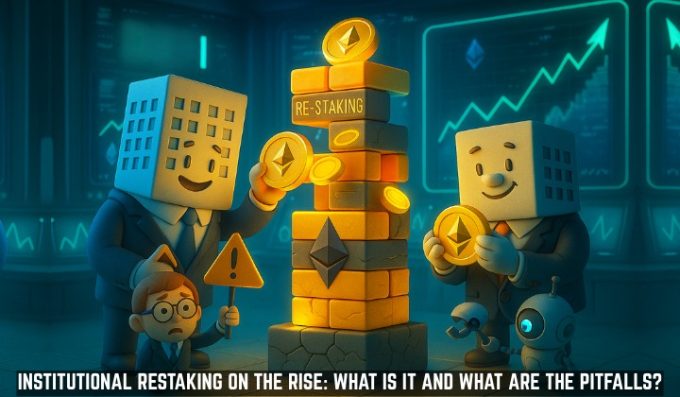
Ethereum has transformed our understanding of money and contracts and creative work. A young programmer first proposed this innovative concept which has since grown into a worldwide decentralized system that shapes financial operations and digital governance and technological progress.
The article follows Ethereum’s evolution from its programming start to its global impact through its development milestones and groundbreaking experiments that transformed blockchain systems.
Introduction: What is Ethereum and Why It Matters?
The open source blockchain platform Ethereum enables users to create smart contracts which execute automatically when specific conditions become true.
The decentralized system of Ethereum enables developers to build dApps through its platform which operates independently from central authorities and intermediaries.
Ethereum holds global importance because it serves as a power source for DeFi (Decentralized Finance) and NFTs (Non-Fungible Tokens) and DAOs (Decentralized Autonomous Organizations) which together form Web3 as a new internet system.
Ethereum enables users to develop self-running blockchain applications which operate with full transparency from anywhere in the world.
Source: Ethereum.org – Introduction to Ethereum
How It Started?
The Ethereum story began when someone inquired about blockchain technology’s potential to perform operations which exceeded basic financial transactions.
Vitalik Buterin established Bitcoin Magazine with his co-founder at age 19 in 2013 to identify Bitcoin’s restricted flexibility and programming capabilities. He wanted to create a blockchain system which would enable decentralized application operations that extended past financial processing.
This concept — to turn blockchain into a “world computer” — set Ethereum’s creation in motion.
Source: Buterin, Vitalik. Ethereum Whitepaper, 2013.
How Ethereum Came to Be – Origins and Development
Vitalik Buterin started Ethereum development after releasing his whitepaper during late 2013 by assembling a group of skilled programmers.
The Ethereum Foundation launched its official development of Ethereum in 2014 from its Swiss headquarters.
Important innovations through Ethereum’s development:
- Ethereum Virtual Machine (EVM) — a decentralized computer that executes code globally.
- Solidity Programming Language — designed for writing smart contracts.
- The Ethereum Foundation oversees development operations through its oversight role while supporting open-source developer collaboration.
The combination of these elements enabled Ethereum to develop into a blockchain platform which could run programs beyond the basic functionality of Bitcoin.
Sources:
- Ethereum Foundation History
- Wood, Gavin. Ethereum Yellow Paper, 2014.
Who Created Ethereum: Vitalik Buterin and Co-founders
Ethereum emerged from a joint project between several prominent blockchain developers who shaped its development:
- Vitalik Buterin created the Ethereum Whitepaper to develop a blockchain system which functions as a general-purpose network.
- Gavin Wood developed the Ethereum Yellow Paper to define EVM technical specifications through his research. He later established Polkadot as his new project.
- Joseph Lubin supported Ethereum through his investment and he co-founded ConsenSys to build software applications based on Ethereum technology.
- Anthony Di Iorio supported Ethereum through his initial financial backing.•
- Mihai Alisie – Helped establish the Ethereum Foundation.
- Charles Hoskinson – Assisted in initial development before founding Cardano.
The founding team established the base which would develop into a revolutionary digital technology of the modern era.
Source: Ethereum.org – History of Ethereum
Timeline: Whitepaper Release, Crowdfunding in 2014, Mainnet Launch in 2015
Ethereum followed a series of essential development phases which led from its initial concept to its final operational state:
| Year | Milestone | Description |
| 2013 | Whitepaper Published | Vitalik Buterin releases Ethereum’s foundational concept. |
| 2014 | Crowdfunding (ICO) | Ethereum raises 31,000 BTC (~$18 million) from global supporters, one of the first major ICOs in history. |
| 2015 | Mainnet Launch – Frontier | Ethereum network officially goes live, marking the beginning of decentralized applications. |
| 2016 | The DAO Hack & Hard Fork | A $50M DAO exploit leads to Ethereum splitting into ETH and ETC (Ethereum Classic). |
| 2022 | The Merge | Ethereum transitions from Proof-of-Work (PoW) to Proof-of-Stake (PoS), reducing energy use by ~99.95%. |
The milestones show Ethereum’s ability to adapt and stay resilient which has made it a fundamental blockchain innovation platform.
Sources:
How the Ethereum Network Works (Mining, Proof-of-Stake Transition, Smart Contracts)?
Ethereum functions through multiple vital components which establish its operational framework.
- Mining (Proof-of-Work Era): The first period of Ethereum operation used Proof-of-Work (PoW) validation which required miners to complete complicated mathematical challenges to verify transactions while earning ETH rewards.
- The Ethereum network activated Proof-of-Stake (PoS) consensus through “The Merge” which brought PoS to the network in September 2022.
The network security operates through validators who stake their ETH instead of performing mining operations.
- Energy consumption dropped by over 99.95%.
- The transition enabled businesses to achieve both large-scale operations and long-term financial stability.
- Smart Contracts: Smart contracts function as Ethereum’s fundamental innovation because they operate as automated code segments which execute based on predetermined rules.
The financial sector and NFT market and governance systems depend on these contracts to operate their dApps.
Sources:
The CryptoPunks Experiment
In 2017, CryptoPunks became one of Ethereum’s most iconic and unexpected cultural milestones.
The Ethereum blockchain hosted 10,000 pixelated avatars which Larva Labs generated automatically through their algorithmic creation process. The digital assets started as free content until developers converted them into blockchain art symbols which granted digital ownership rights.
CryptoPunks launched the NFT revolution through their proof that:
- Digital art exists because it has a proven limited supply.
- Blockchain could enable ownership and provenance of creative works.
- NFTs could serve as cultural and financial assets.
The project established the ERC-721 token standard which serves as the fundamental basis for the current NFT ecosystem.
The digital value of CryptoPunks has reached more than $20 million which established their position as blockchain historical artifacts.
Sources:
Conclusion: Ethereum’s Global Legacy
Ethereum began as programming code which developed into global infrastructure that proves decentralized technology can generate substantial changes.
Ethereum developed into a worldwide platform for creative expression and financial operations and governance systems through its evolution from Vitalik Buterin’s whitepaper to The Merge and the NFT revolution.
The organization maintains its mission to build an open programmable world without restrictions which drives millions of developers and entrepreneurs across the globe.
The digital economy which started in a college dorm room has spread across different international locations while generating new economic prospects for local communities and disrupting established systems of power.
Ethereum functions as a platform which extends blockchain capabilities to enable human collaboration for building digital frameworks that support trust-based ownership and teamwork.
References
- Buterin, Vitalik. Ethereum Whitepaper, 2013. https://ethereum.org/en/whitepaper/
- Wood, Gavin. Ethereum Yellow Paper, 2014. https://ethereum.github.io/yellowpaper/paper.pdf
- Ethereum Foundation – https://ethereum.foundation/
- Ethereum.org – What is Ethereum? https://ethereum.org/en/what-is-ethereum/
- CoinDesk – The History of Ethereum https://www.coindesk.com/learn/the-history-of-ethereum/
- Ethereum Foundation Blog – The Merge Is Complete, 2022.
- Larva Labs – CryptoPunks Project Overview https://www.larvalabs.com/cryptopunks
- Christie’s – CryptoPunks Phenomenon Feature, 2021.
- Ethereum.org – Developers Documentation https://ethereum.org/en/developers/docs/
You need to login in order to Like


















Leave a comment